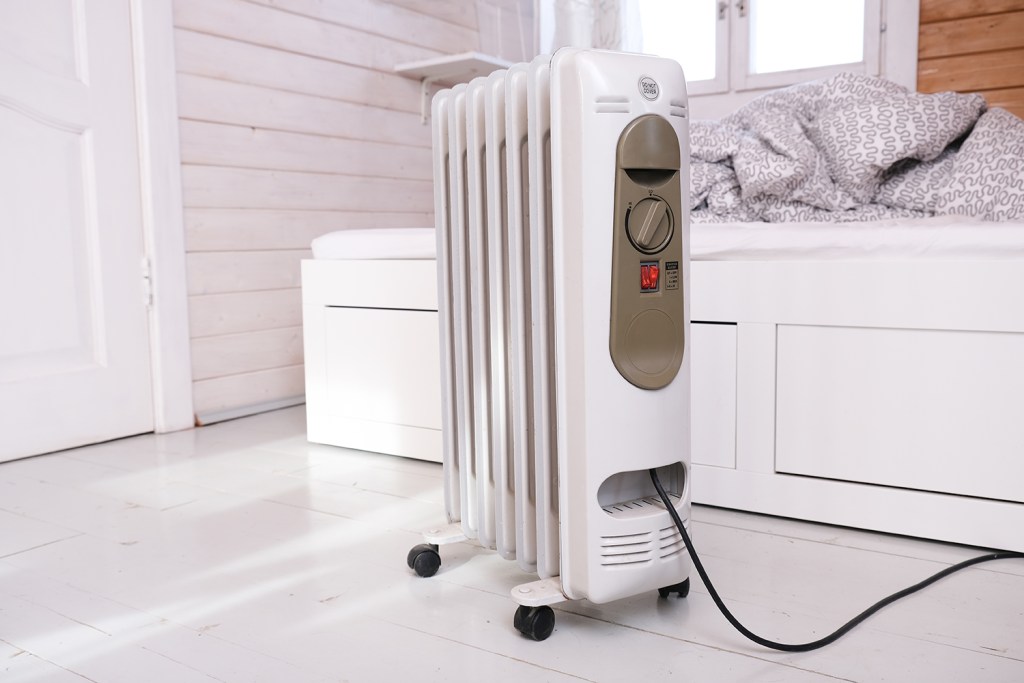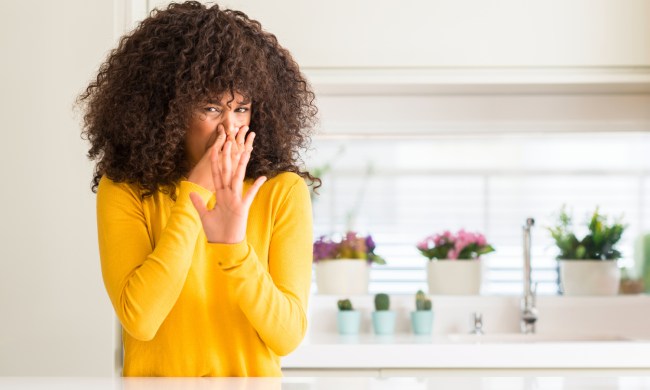On those frigid winter nights and chilly spring days, it’s important to keep your home comfortably warm. Thankfully, that’s easy with both convection and radiant heaters. These two types of portable or wall-mounted heaters work equally well, depending on what you want out of a heater. Here are the key differences between the two, including cost and energy efficiency.
Convection and radiant heaters: Main differences

A convection heater warms up the air inside a room. It does this by sucking in air from the area, heating it up inside the appliance, and blowing it back out. These are great if you want a constant temperature throughout a very chilly room. It’s recommended for closed rooms without existing central heating systems.
By contrast, a radiant heater warms people and things in a room. This is best for small spaces or if you’ll be hanging out by an armchair or in your bed for a couple of hours. Through a concentrated infrared radiation system, radiant heaters are great if you need to warm up quickly. Heat transfers directly to you without raising the whole room’s temperature.
Convection heaters: The lowdown

Are convection heaters energy efficient?
Convection heaters are energy efficient if you use them for longer periods of time. Although they warm up more slowly than radiant heaters, they warm up a larger area over time.
Some convection heaters are also connected to smart thermostats that detect the room temperature. You can set it to your desired temperature, such as a sensible 74 degrees Fahrenheit, and the heater will turn off automatically, saving you electricity use.
Do convection heaters work?
Generally, convection heaters work best if you want to heat up the entire room for longer periods of time. They’re also best for slightly larger spaces, but they’re not ideal for the whole house. Convection heaters take advantage of the air’s natural movement. When warm air from the top flows down as it cools off, the heater grabs this cooler air and warms it up, keeping the room cozy and warm.
Keep in mind that there are different types of convection heaters. A wall-mounted heater is great for rooms that get a lot of traffic, such as the living room or bedroom. Additionally, some convection heaters double as fans for warmer months. More traditional models are central heaters that work through ducts and vents.
Radiant heaters: The lowdown

Are radiant heaters energy efficient?
For shorter use periods, like an hour or so, radiant heaters are energy efficient. They’re not sustainable for long-term use, like overnight, or for large spaces since they generally have a limited reach. Radiant heaters also don’t lose any energy as some convection heaters do. They’re about 25% more efficient than other types since they work almost immediately.
Which type of heater is the cheapest to run?

At this point, you might realize that the cheapest heater to run really depends on what you’re using it for. If you find yourself asking, “Are convection heaters good?” then the answer is “Yes,” if you’re using them to heat up larger rooms for longer periods of time. They are generally very energy efficient, and it will cost you no more than $100 on average per month to use one for over 12 hours a day, every day.
Apartment Therapy recommends radiant heaters if you want an infrared heater for a small personal space like your reading nook for just a few hours a day. You won’t be wasting any energy warming up an entire room, and you’ll get warm very quickly.
Which works faster?

A radiant heater typically heats a room faster than a convection heater — at least when it comes to the feeling of warmth. Radiant heat works by directly warming objects and people in its path, so you’ll feel the heat almost immediately if you’re nearby. That’s great for spot heating or quickly taking the chill off a small space.
Convection heaters, on the other hand, warm the air in the room. While this creates a more even, overall temperature, it can take longer to notice the difference, especially in larger or drafty spaces. So, if you want to feel warm fast, radiant heat wins.
Which heater is the safest?

Both radiant and convection heaters are considered safe; however, there are a few things to consider with each and ways that you can ensure space heater safety when using them. First, with both types of heaters, always place any flammable objects at least three feet from the heater. Both heaters will be hot to the touch when in use, and placing them too close to something could be a hazard.
Convection heaters are considered very safe, while with radiant heaters, you will want to watch out for which type you buy. There are gas-powered and electric models. The electric convection heaters are much safer than the gas-powered ones, especially for indoors. If you are using the heater for an outdoor space during the day, such as a garage, then a gas-powered convection heater will do. But for indoors, we recommend the electric-powered convection heater.
So, there you have it. The convection versus radiant heater debate can be solved by asking yourself where you’re using the appliance, what you’re trying to heat, and how long you’ll be using it. Convection heaters warm up the air in a room slowly, while radiant heaters warm up people and objects quickly. Whichever model you choose, you’ll be glad to know that both convection and radiant heaters are equally energy-efficient for their respective use.




